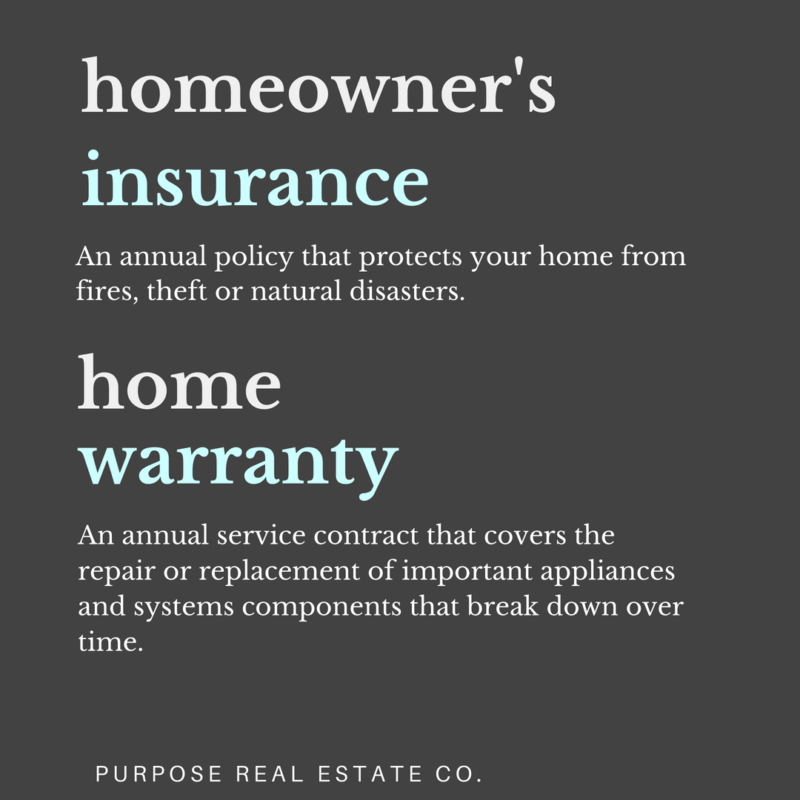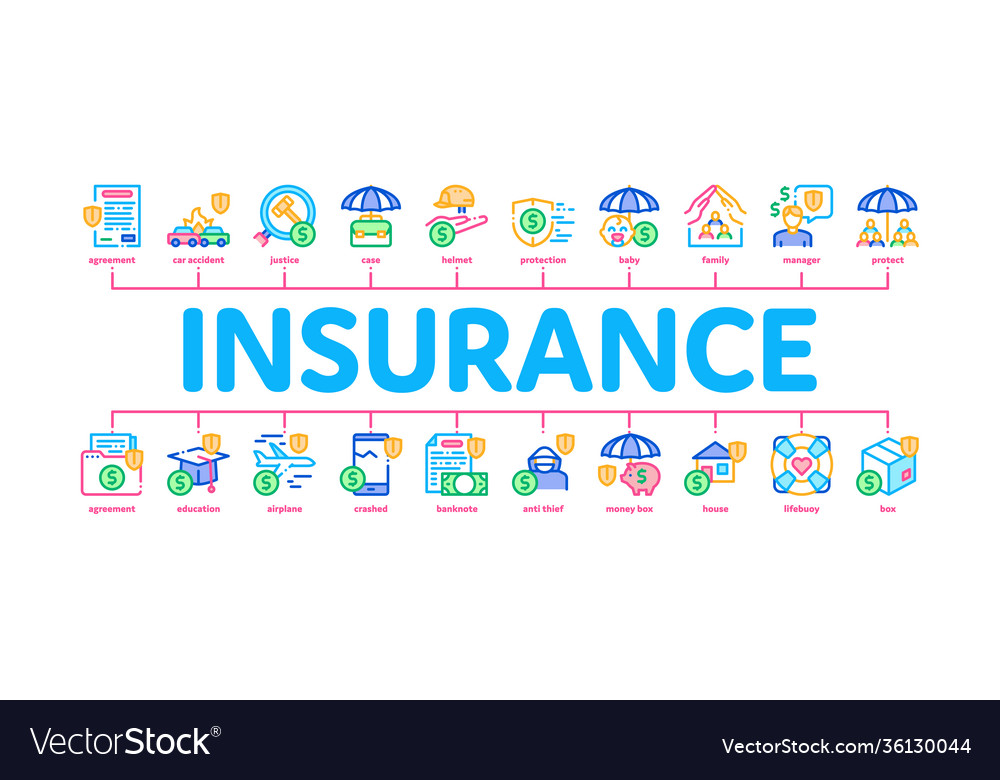The Main Principles Of Pacific Prime
The Main Principles Of Pacific Prime
Blog Article
Some Of Pacific Prime
Table of ContentsWhat Does Pacific Prime Do?The Best Guide To Pacific PrimeThe smart Trick of Pacific Prime That Nobody is Talking AboutPacific Prime Things To Know Before You Get This
In a lot of states, the insurance firm is required to send you a duplicate of the adjustments to your policy. It is essential that you check out Recommendations or Riders so you understand exactly how your plan has actually transformed and if the plan is still ample to fulfill your requirements. To get a copy of your insurance coverage, please call your insurance policy representative or firm.
The Institute of Medication (IOM) Board on the Repercussions of Uninsurance launches a prolonged assessment of proof that addresses the value of health insurance protection with the magazine of this record. Insurance coverage Matters is the initial in a collection of six records that will be released over the following 2 years documenting the truth and effects of having an approximated 40 million people in the United States without medical insurance protection.

The Best Strategy To Use For Pacific Prime
The goal of this collection of research studies is to refocus plan interest on a historical problem. Adhering to the longest financial expansion in American history, in 1999, an estimated one out of every 6 Americans32 million adults under the age of 65 and greater than 10 million childrenremains uninsured (Mills, 2000).

10 percent of the populace accounts for 70 percent of wellness treatment expenses, a relationship that has actually stayed continuous over the past 3 years (Berk and Monheit, 2001) - expat insurance. Therefore wellness insurance policy continues to serve the feature of spreading out threat even as it increasingly funds regular treatment. From the perspective of health and wellness treatment suppliers, insurance brought by their people helps secure an earnings stream, and neighborhoods profit from economically viable and steady healthcare specialists and institutions
Government gives medical insurance to populaces whom the private market may not offer successfully, such as disabled and senior citizens, and populations whose accessibility to healthcare is socially valued, such as children and pregnant ladies. The best ends of health insurance protection for the specific and neighborhoods, consisting of workplace areas of employees and employers, are enhanced wellness results and quality of life.
The 7-Second Trick For Pacific Prime
Staff members place medical insurance first by far in value amongst all the benefits supplied in the office (Salisbury, 2001). Although there have been large financial investments of individual and public funds to offer health insurance, numerous individuals still have no coverage. In spite of considerable reporting of survey findings and healthcare research study results, the public remains confused and misinformed concerning Americans without health and wellness insurance policy and the implications of doing not have coverage.

Without concern, the complexity of American health treatment financing systems and the wide range of sources of information include in the public's complication and uncertainty about health and wellness insurance coverage stats and their interpretation. This report and those that will follow aim to distill and present in readily easy to understand terms the considerable study that births on concerns of health and wellness insurance policy coverage and its relevance.
Fifty-seven percent of Americans questioned in 1999 believed that those without wellness insurance policy are "able to obtain the care they require from medical professionals and medical facilities" (Blendon et al., 1999, p. 207). In 1993, when nationwide interest was focused on the problems of the uninsured and on pending health care regulation, simply 43 percent of those polled held this belief (Blendon et al., 1999).

They likewise receive less precautionary services and are much less likely to have regular look after chronic problems such as high blood pressure and diabetes mellitus. Persistent illness can result in expensive and disabling difficulties if they are not well managed (Lurie et al., 1984; Lurie et al., 1986; Ayanian et al., 2000). One nationwide study asked greater than 3,400 adults concerning 15 very severe or somber conditions.
The 10-Minute Rule for Pacific Prime
Extra proof is provided later on in this phase basics in the discussion of insurance policy and access to health care. https://www.domestika.org/en/pacificpr1me. Individuals without health insurance coverage are young and healthy and choose to go without insurance coverage. Virtually half (43 percent) of those surveyed in 2000 believed that people without medical insurance are most likely to have illness than people with insurance coverage
Voters and plan manufacturers in focus group discussions identify those without insurance coverage as youngsters that have the chance to be covered and feel they do not need it (Porter Novelli, 2001). Compared to those with at the very least some personal insurance coverage, the without insurance are much less most likely to report being in outstanding or excellent health (Agency for Health Care Research and High Quality, 2001).
RESOURCE: Facility for Cost and Financing Research Studies, Agency for Healthcare Research Study and Top quality, based on MEPS information. Young adults in between 19 and 34 are much more likely to do not have medical insurance than any various other age. This is chiefly due to the fact that they are much less frequently eligible for employment-based insurance policy as a result of the nature of their job or their short period in it.
The understanding that people without insurance have better-than-average health and wellness follows from puzzling the relatively young age account of the without insurance with the far better wellness, generally, of more youthful individuals. This obscures the web link in between health and wellness condition and medical insurance. For those without access to workplace health insurance, bad wellness is a prospective barrier to purchasing nongroup protection because such coverage might be very priced, leave out pre-existing conditions, or be merely inaccessible.
Report this page